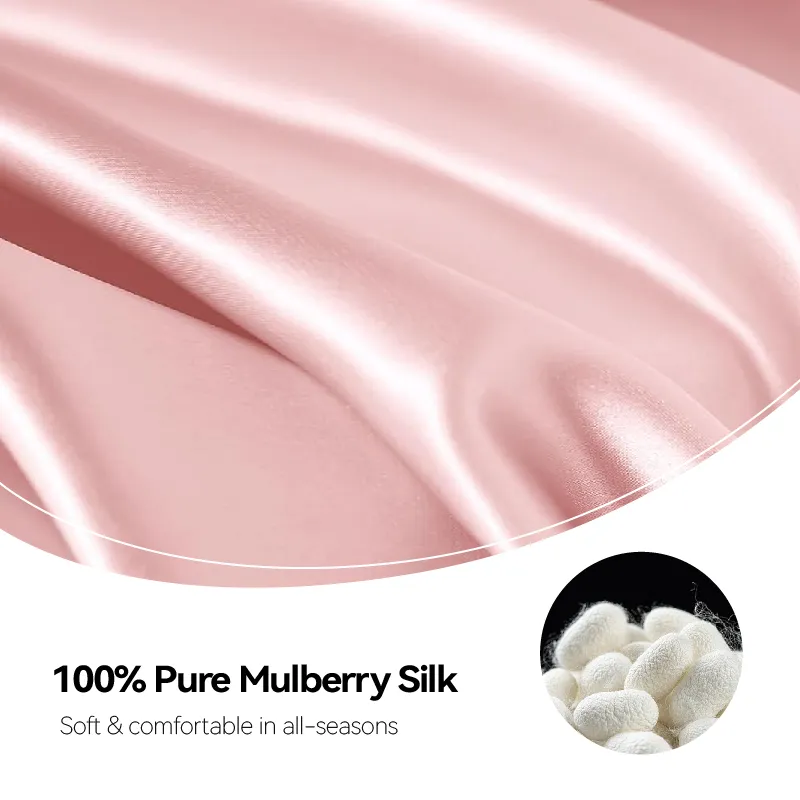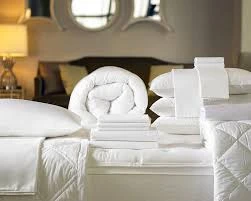იან.20, 2025 15:19
Back to list
Hotel classic T250 percale polycotton fitted bed sheet
Choosing the perfect set of sheets may seem straightforward, but anyone who's delved into the world of bedding knows there's more to it than meets the eye. The real skill lies in navigating the myriad of available options, each boasting its own set of qualities and benefits. This guide will provide you with insights gleaned from real experiences and expert advice to ensure that you make an informed decision.
The weave of the sheets, whether percale or sateen, significantly affects their feel and function. Percale is a simple, tight weave, resulting in a matte finish that's crisp and cool to the touch. It’s perfect for hot sleepers or those who prefer a lightweight feel. Sateen, on the other hand, is a lustrous, smooth weave that feels silky and heavier, catering to those who prefer a more luxurious sensation. Certifications can also guide you towards purchasing trustworthy and eco-conscious products. Look for OEKO-TEX or GOTS certification, which guarantees that the sheets are free from harmful chemicals and have been produced in environmentally friendly conditions. This not only assures quality but also contributes to global sustainability. Cost undoubtedly plays a role in decision-making. While it might be tempting to opt for cheaper sheets, they may not offer the longevity or comfort of a slightly pricier option. It’s essential to view sheets as an investment in your health and well-being, as high-quality sheets can enhance sleep quality and last longer. To truly verify the claims of quality and comfort, seek out unbiased reviews and personal testimonials. These provide authentic insights into how the sheets perform over time and endure various washing conditions. Talking to friends or family who have previously purchased the same or similar products can also offer credible recommendations. Ultimately, choosing the right sheets requires a combination of research, personal preference, and sometimes, trial and error. Prioritize your needs—be it softness, temperature regulation, or sustainability—and align them with your lifestyle and budget. The perfect sheets can indeed transform your sleeping experience, wrapping you in comfort and ensuring restful nights.


The weave of the sheets, whether percale or sateen, significantly affects their feel and function. Percale is a simple, tight weave, resulting in a matte finish that's crisp and cool to the touch. It’s perfect for hot sleepers or those who prefer a lightweight feel. Sateen, on the other hand, is a lustrous, smooth weave that feels silky and heavier, catering to those who prefer a more luxurious sensation. Certifications can also guide you towards purchasing trustworthy and eco-conscious products. Look for OEKO-TEX or GOTS certification, which guarantees that the sheets are free from harmful chemicals and have been produced in environmentally friendly conditions. This not only assures quality but also contributes to global sustainability. Cost undoubtedly plays a role in decision-making. While it might be tempting to opt for cheaper sheets, they may not offer the longevity or comfort of a slightly pricier option. It’s essential to view sheets as an investment in your health and well-being, as high-quality sheets can enhance sleep quality and last longer. To truly verify the claims of quality and comfort, seek out unbiased reviews and personal testimonials. These provide authentic insights into how the sheets perform over time and endure various washing conditions. Talking to friends or family who have previously purchased the same or similar products can also offer credible recommendations. Ultimately, choosing the right sheets requires a combination of research, personal preference, and sometimes, trial and error. Prioritize your needs—be it softness, temperature regulation, or sustainability—and align them with your lifestyle and budget. The perfect sheets can indeed transform your sleeping experience, wrapping you in comfort and ensuring restful nights.
Next:
Latest news
-
Organic Cotton Bed Sheet Fabric Certification ExplainedNewsAug.22, 2025
-
Creating a Spa Day with Plush Waffle Bath RobesNewsAug.14, 2025
-
How to Cut Linen Maintenance Costs by 30% with Proper Polycotton IroningNewsAug.11, 2025
-
Elevating Comfort and Quality with the Right Bed LinenNewsJul.07, 2025
-
Bedding Essentials: From Percale Sheets to White Quilts, Finding Your Perfect Sleep HavenNewsJul.07, 2025
-
Choosing the Right Bedding for a Comfortable and Stylish BedroomNewsJul.07, 2025
-
Understanding the Diverse World of Towel TypesNewsMay.29, 2025






